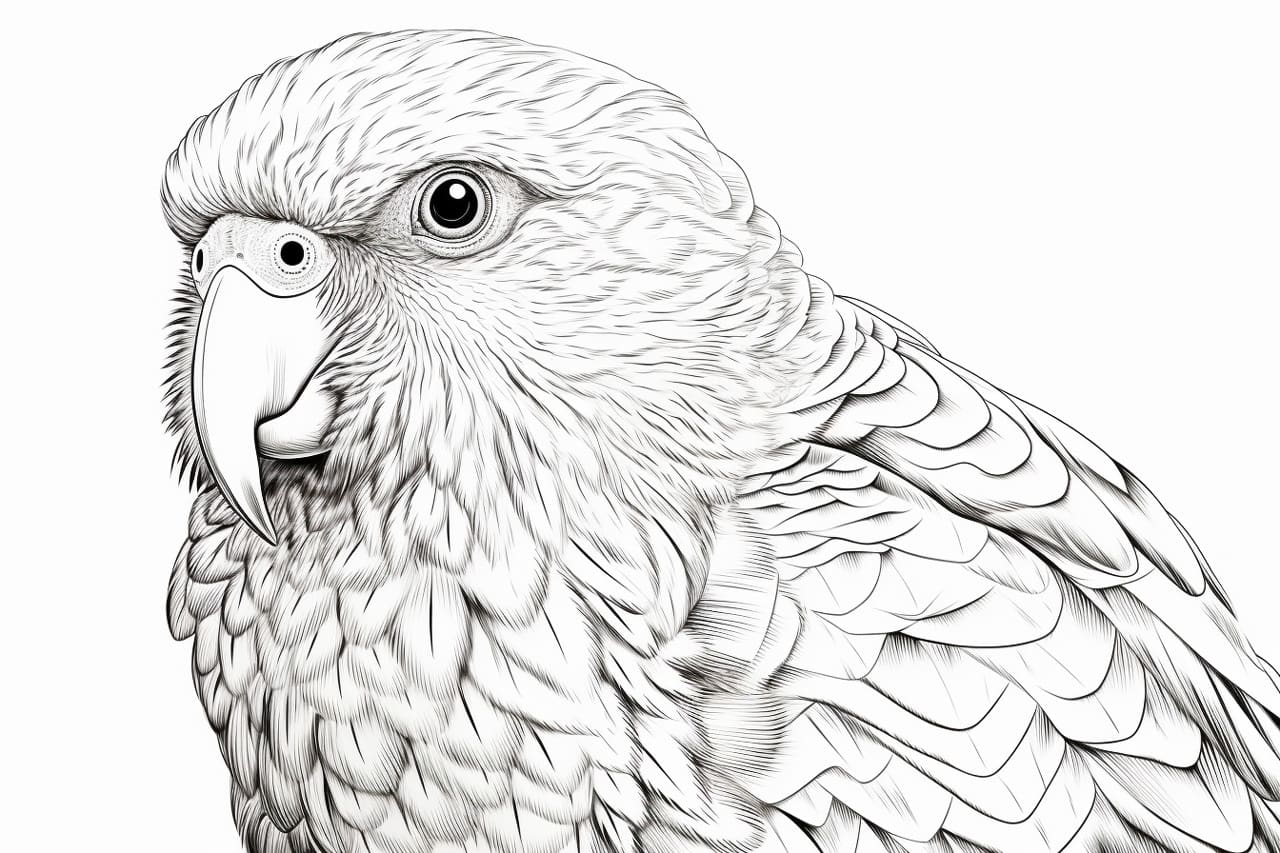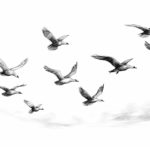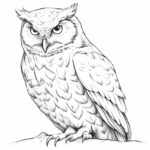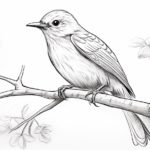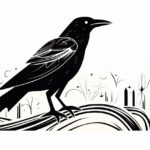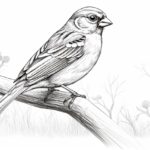The Kakapo, also known as the “night parrot” or “owl parrot,” is a fascinating and unique bird native to New Zealand. With its charismatic personality, endearing chubby appearance, and distinctive moss-green plumage, the Kakapo has captured the hearts of wildlife enthusiasts and artists alike. In this drawing tutorial, we will explore the key features and characteristics of the Kakapo, from its large, expressive face to its fluffy feathers and quirky behavior. Join me as we delve into the world of this extraordinary bird and learn how to capture its charm and essence on paper through the art of drawing.
Materials Required
To draw a Kakapo, you will need the following materials:
These basic materials will help you create a detailed and accurate drawing of a Kakapo. Feel free to add any additional materials you prefer to enhance your drawing.:
How to Draw a Kakapo: a Step-by-step Guide
Step 1: Gather Your Materials
- Start by collecting the necessary materials, which include paper, a pencil, an eraser, and colored pencils or markers if you want to add color to your drawing.
Step 2: Research and Reference Images
- Look up reference images of Kakapos to understand their physical features and characteristics.
- Analyze the body shape, facial features, and distinctive traits of a Kakapo to accurately capture them in your drawing.
Step 3: Sketch the Basic Shapes
- Begin by lightly sketching the basic shapes that form the Kakapo’s body. Start with an oval for the body and a smaller oval or circle for the head.
- Add simple lines to represent the wings and tail of the Kakapo.
Step 4: Add Details to the Face
- Refine the shape of the head and add details such as the eyes, beak, and facial markings of the Kakapo.
- Pay attention to the placement and size of the eyes, as they play a crucial role in capturing the bird’s expression.
Step 5: Define the Body Structure
- Add more details to the body of the Kakapo, including the feather patterns, wing structure, and texture of the plumage.
- Use light strokes to indicate the fluffy texture of the Kakapo’s feathers.
Step 6: Refine the Wings and Tail
- Focus on adding more definition to the wings and tail of the Kakapo. Pay attention to the feather arrangement and the shape of each wing.
Step 7: Erase Guidelines and Refine Details
- Carefully erase any remaining guidelines to clean up your drawing and refine the details of the Kakapo.
- Add any final touches or adjustments to ensure the overall accuracy of your drawing.
Step 8: Optional – Add Color
- If desired, use colored pencils or markers to add color to your Kakapo drawing. Refer back to your reference images to accurately depict the bird’s coloration.
- Experiment with different shades and blending techniques to bring your Kakapo drawing to life.
Step 9: Final Touches and Evaluation
- Take a step back and evaluate your drawing. Make any final adjustments or additions to enhance the overall composition and accuracy of the Kakapo depiction.
- Sign your artwork and consider sharing it with others to showcase your creativity and talent.
Conclusion
Congratulations on completing your drawing of the Kakapo! You have done an excellent job capturing the unique features and charm of this endangered bird. Your attention to detail and use of color truly brings the Kakapo to life on the page. Keep up the great work and continue to explore your artistic talents. Remember, every stroke of the pencil is a step towards honing your skills and expressing your creativity. Well done!
Fun Facts About Kakapoes
- Kakapos are the world’s heaviest parrots, weighing up to 9 pounds.
- They are known for their unique and endearing behavior, such as “booming” – a low-frequency mating call that can be heard up to 5 kilometers away.
- Kakapos are nocturnal, meaning they are most active at night.
- They are flightless, with short wings and strong legs adapted for climbing trees.
- Kakapos have a remarkable lifespan, with some individuals living up to 90 years in captivity.
- They are herbivores, feeding primarily on native plants, fruits, seeds, and leaves.
- Kakapos are critically endangered, with only around 200 individuals left in the wild, making them one of the rarest birds in the world.
- Conservation efforts have been made to protect and preserve the remaining kakapo population, including the establishment of predator-free islands and intensive monitoring and breeding programs.
- Kakapos are known for their friendly and curious nature, often approaching humans without fear.
- They have a strong cultural significance to the Maori people of New Zealand, who consider them a taonga (treasure) and a symbol of the country’s unique wildlife.
Suggestions for Scenes and Settings for Kakapo Drawings
- Kakapo in its natural habitat: Create a detailed drawing of a Kakapo perched on a tree branch surrounded by lush greenery, showcasing its camouflage abilities.
- Kakapo in flight: Illustrate a Kakapo mid-flight, capturing its large wingspan and unique flying abilities.
- Kakapo feeding: Draw a Kakapo foraging for food on the forest floor, showcasing its curious and playful nature.
- Kakapo in a social setting: Depict a group of Kakapo interacting with each other, highlighting their social behaviors.
- Kakapo at night: Create a nocturnal scene of a Kakapo under the moonlight, showcasing its nighttime activities.
- Kakapo in different seasons: Draw a Kakapo in various seasonal settings such as spring, summer, autumn, and winter, showing how its environment changes throughout the year.
- Kakapo in different weather conditions: Illustrate a Kakapo in different weather conditions like rain, sunshine, fog, or wind, capturing the bird’s adaptability.
- Kakapo in a conservation setting: Depict a Kakapo in a protected sanctuary or conservation area, highlighting efforts to preserve this endangered species.
- Kakapo interacting with other wildlife: Draw a Kakapo interacting with other native New Zealand wildlife such as kiwi birds, tuatara, or kea, showcasing the biodiversity of the region.
- Kakapo in a fantasy setting: Let your imagination run wild and create a fantasy scene featuring a Kakapo in a magical or surreal environment, adding a whimsical touch to your artwork.

